The Mistake Of A Lifetime: When Silly Errors And Careless Decisions End Up Costing Millions Of Dollars
To err is human. This is a ubiquitous statement that we are sure you’ve heard or said yourself countless times. It’s often used when one knows they have made a mistake and is trying to defend themselves or ask for forgiveness.
While the statement is true and sometimes manages to smooth some mistakes over, it doesn’t always work. Especially if the errors have dire consequences; this includes major messes like those made when one makes a poor investment, architectural or engineering errors, and ruining a piece of priceless artwork, among others.
In this article, we have assembled some of the most expensive blunders ever documented. While some couldn’t have been predicted, others are just the result of sheer ignorance. We hope you enjoy and learn from them!
Trouble At The Mall
On 25th February 2010, visitors and shoppers at the Dubai Mall were astonished when they started noticing water on the floor. As it turns out, the source of the water leak was an aquarium tank containing 11 million liters of water. To make matters worse, the tank contained numerous sharks!
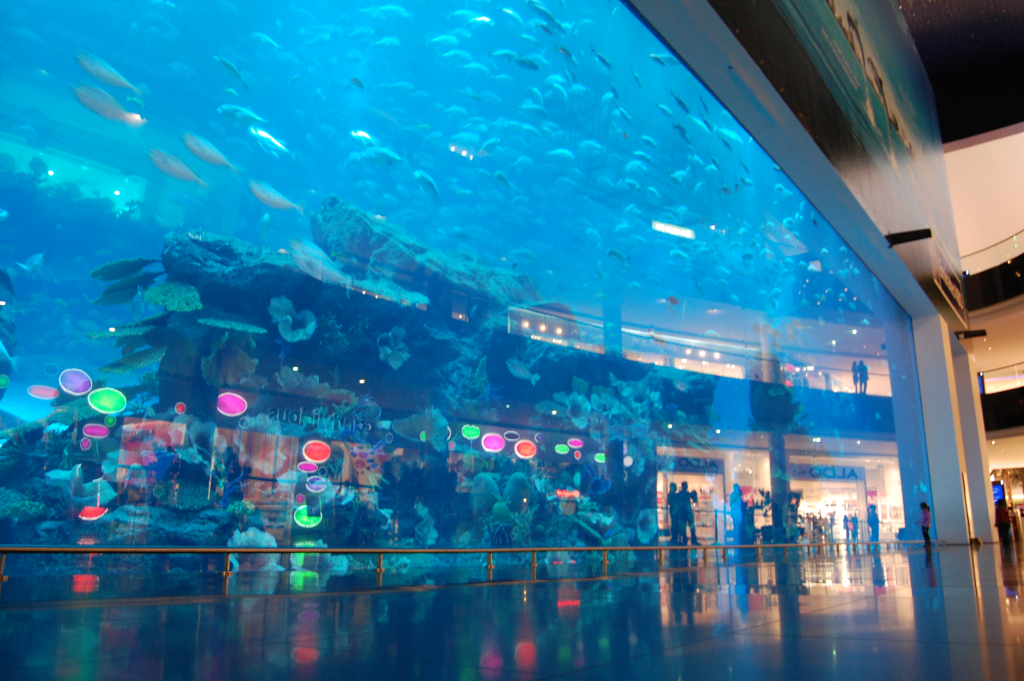
Once management learned about the leak, visitors were evacuated, and shop owners close to the aquarium were asked to close their businesses as the maintenance team embarked on a mission to fix it. Luckily, no one was hurt, and according to the mall owners, the animals’ safety was not impacted by the leak.
Turning Down The Deal Of A Lifetime
The MCU boasts one of the biggest fanbases of any movie franchise ever. With such stats, it’s hard to believe that Marvel filed for bankruptcy in the mid-90s. By 1998, the company was looking for money to stay afloat, and it just so happened that Sony was interested in buying the rights to Spider-Man.
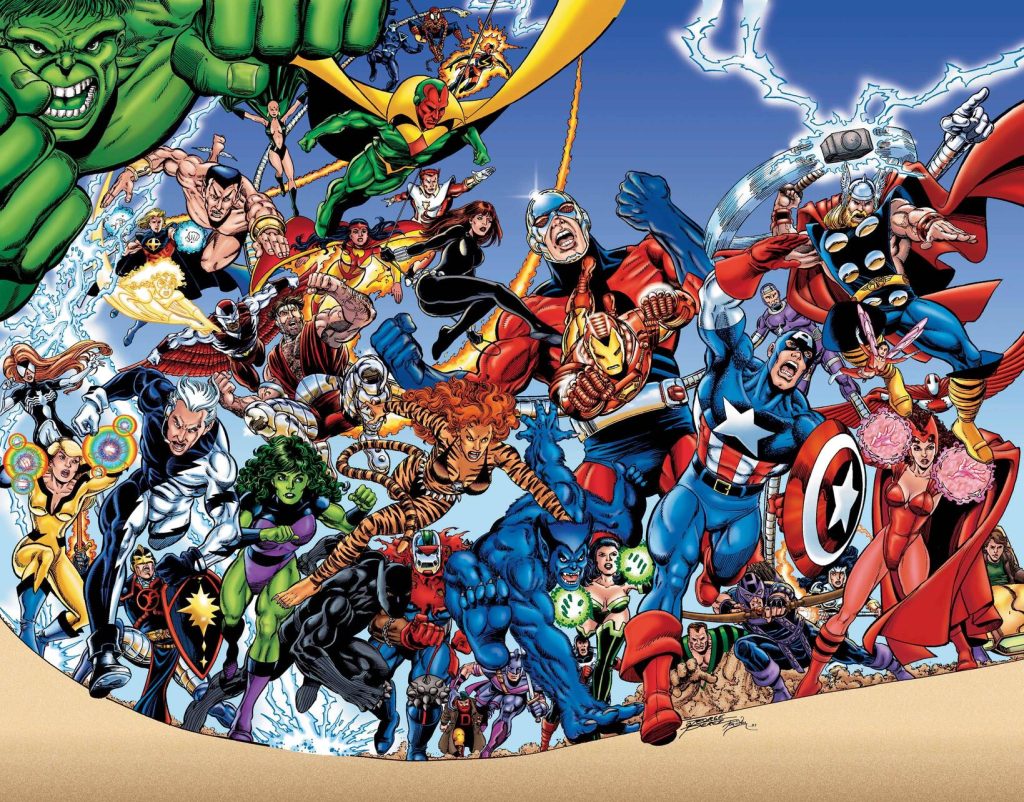
During negotiations, Marvel also offered the rights to its other characters, like Iron Man and Thor, for $25 million, but Sony declined, thinking no one cared about them. As a result, Sony bought Spider-Man for $7 million and missed out on the chance of owning the MCU, which is now worth about $50 billion.
Mr. Potato Head’s Statue Debut
Residents of Palencia, Spain, were enraged when a statue was ruined during restoration. As seen below, the “before and after” look nothing alike. The person entrusted with the repair job left the 100-year-old statue looking comical hence the hilarious nickname, “Potato Head Statue.”

All in all, it was not a pretty sight. Even more unfortunate was that it wasn’t the first artwork to be ruined by incompetent restorers in Spain that year, as someone else ruined a beautiful painting of the Virgin Mary. As expected, the city had to pay someone else to redo the job.
The Walkie-Scorchie
20 Fenchurch Street, or the Walkie-Talkie, is a skyscraper that has graced London’s skyline for about a decade now. Since its completion, numerous complaints have been launched against it, and it has even been dubbed London’s worst building. One of the biggest complaints was its tendency to melt cars.

The concave shape makes the reflective glass on the outside turn into a giant magnifying glass when sunrays hit the building. Developers took action by fitting the building with a sunshade after it was completed, which was an additional cost. However, this solved just one of the many issues Londoners have with the building.
Lambo Vs. Ferrari
The origin story of this epic rivalry is the perfect example of how not to treat a customer. In 1963, Ferrucio Lamborghini was a tractor manufacturer who was frustrated with his Ferrari’s clutch for a number of reasons. One day, he decided to bring up this issue with the owner of the brand, Enzo Ferrari.
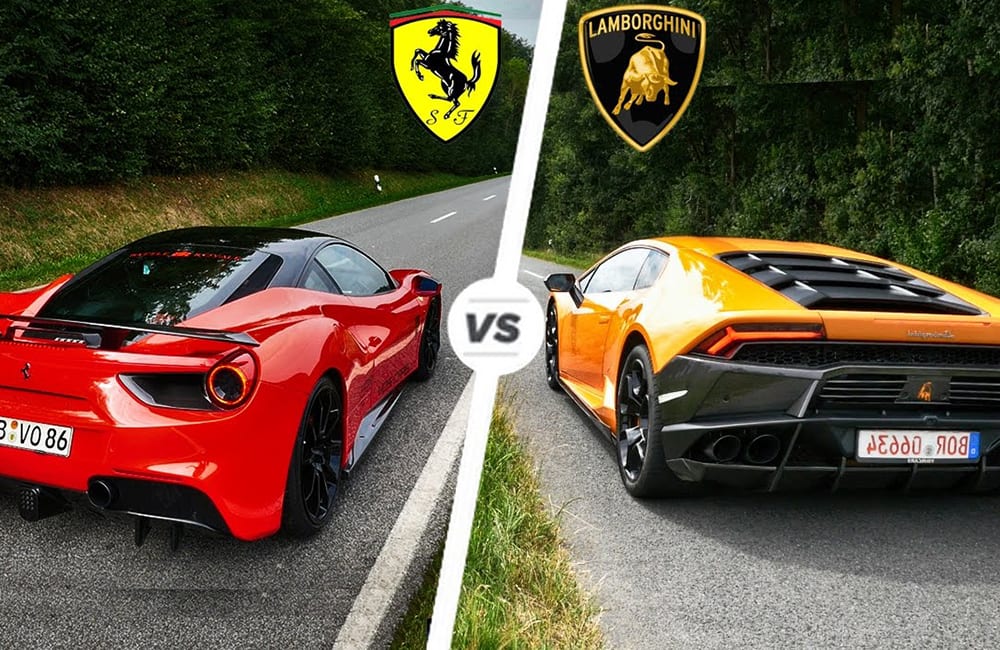
Seeing as he was a seasoned vehicle manufacturer, Lamborghini even offered some suggestions on how to fix the problem. Ferrari didn’t take this too kindly and decided to insult him. Lamborghini, incensed by the horrible encounter, got into manufacturing sports cars. As a result, Ferrari lost a huge chunk of its clientele to Lamborghini.
The Doomed Balloonfest
This event was such a mess that it has its own Wikipedia page. In September 1986, close to 1.5 million balloons were released during a fundraising event in Ohio. Unlike most helium balloons that deflate before landing back, these drifted back to the city, still inflated, and disrupted traffic and a nearby airport’s operations.
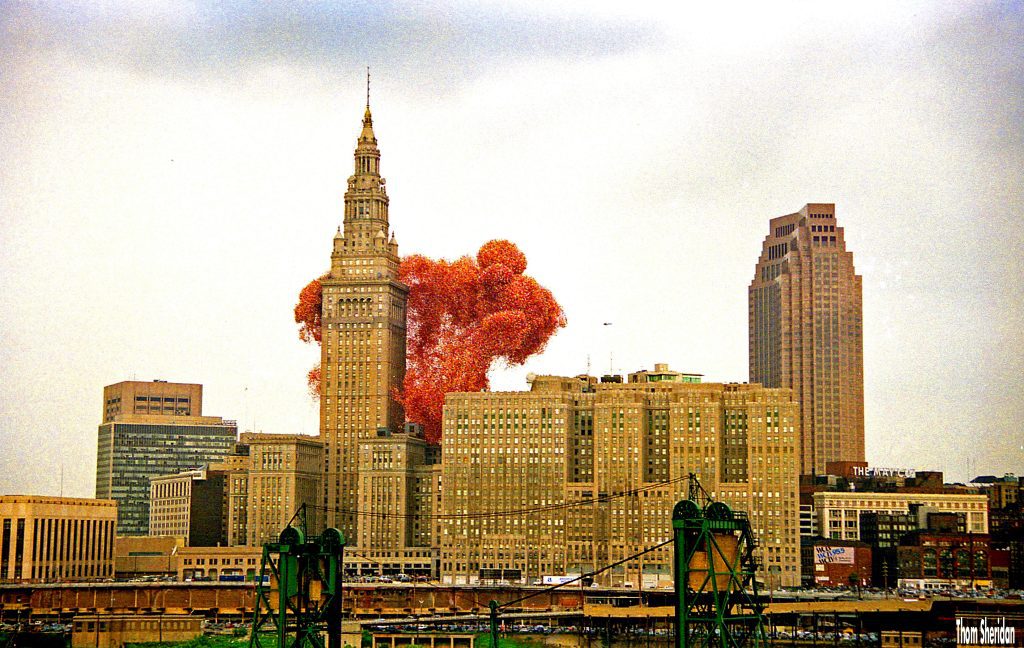
Even worse, the balloons landed in Lake Erie and affected the Coast Guard’s search for two men who had been reported missing. They were later found drowned. Event organizers and the city were sued in lawsuits that sought millions in damages, making the fundraiser lose most of the money raised.
The Fall Of A Satellite
Skylab was the world’s first successful space station launched by NASA in the 70s. Its success was a huge achievement for the aeronautic industry as it taught them much about life in space. During its operational years, it hosted several astronauts and facilitated research on important scientific matters.
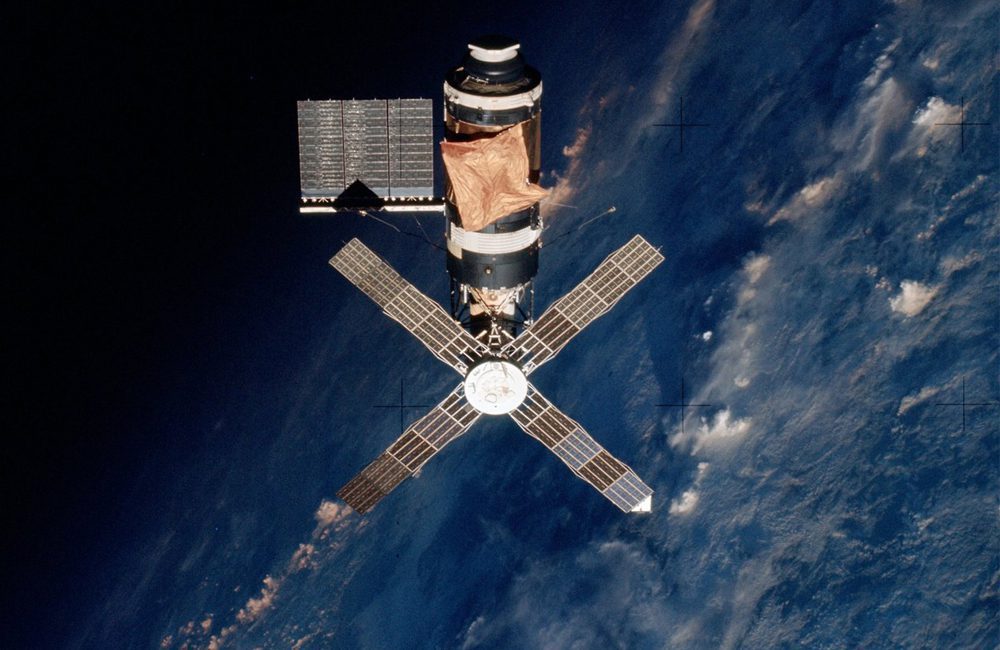
Five years after its last mission, Skylab’s orbit began to deteriorate earlier than anticipated. On July 11, 1979, the satellite disintegrated and fell back to Earth, scattering debris across Western Australia and the Indian Ocean. This was a massive loss to NASA, as the whole program cost them $2.2 billion.
Blame It On The Juice
Snapple is a brand whose resilience in the flaky beverage industry is nothing short of incredible. In 1993, Quaker outbid giants like Coca-Cola to get its hands on Snapple in a move company executives thought would be beneficial to them. They paid 1.7 billion dollars for the purchase.
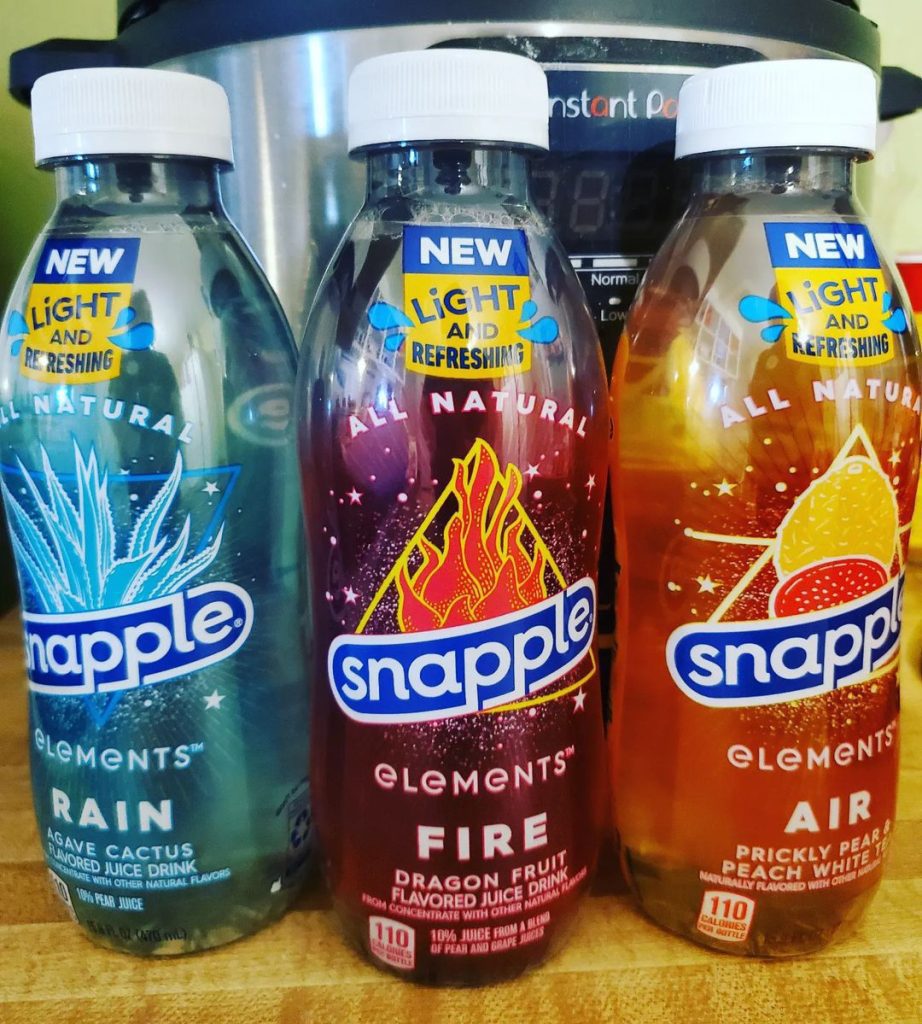
Quaker was unable to make any profit from this investment and later decided to sell Snapple to Triarc Beverages for only $300 million in 1997. This $1.4 billion loss cost the chairman and president of Quaker their jobs. Triarc restored Snapple’s value and later sold it to Cadbury Schweppes for $1 billion.
A Regrettable Choice
The Beatles are undoubtedly one of the most influential bands ever. The band was formed in 1960, and its impact on pop culture and the world of music is still felt today. In January 1962, John, Paul, Ringo, and George auditioned for Decca Records but were rejected in favor of Brian Poole and The Tremeloes.

Executives at the record company refused to sign The Beatles, claiming that guitar groups had had their time in the limelight and were slowly fading out. Evidently, that wasn’t the case, at least not for this band, as they went on to make a fortune under the management of Parlophone.
Why The Leaning Tower Leans?
The Leaning Tower of Pisa is one of the most famous and recognizable buildings in the world. Construction of the tower was commissioned by the Catholic church and began in 1173. After five years, builders started to notice the foundation had settled unevenly, making the building tilt.
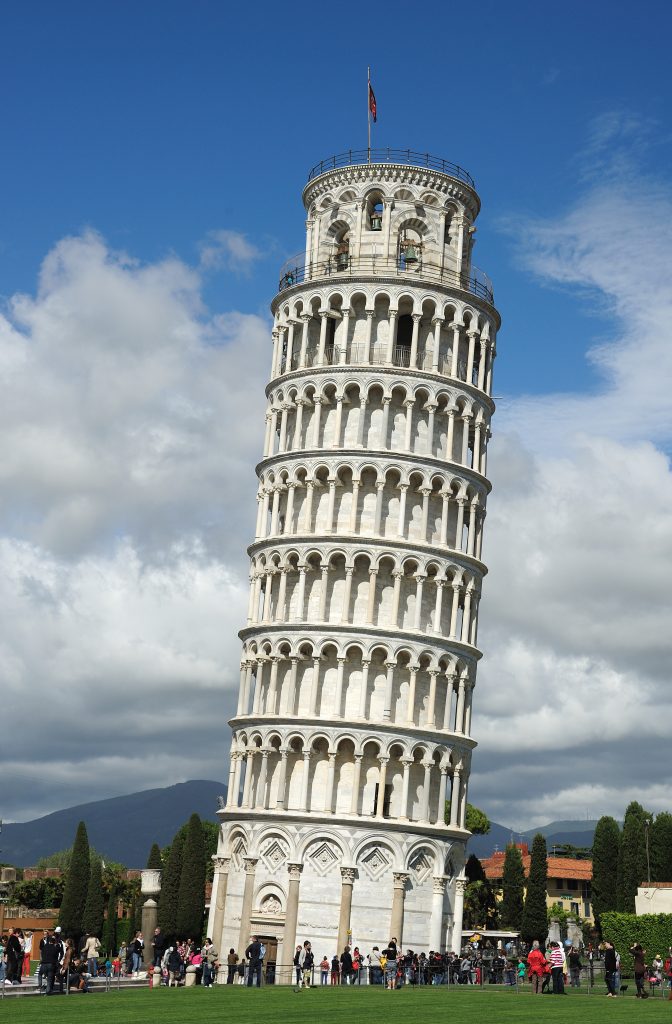
They couldn’t fix it as a war rampaged the area, causing construction to stop for nearly a century and the foundation to settle even further. It was completed in 1370 but kept tilting. Engineers began the costly efforts of stabilizing it in the 90s and reduced the lean to four degrees.
NASA’s Moonlanding Footage
On July 20, 1969, humankind landed on the moon for the first time. It was a historic moment. One that NASA ensured would be recorded for posterity. They set up three ground stations that received data straight from the spacecraft, which was then converted and broadcast for the whole world to see.
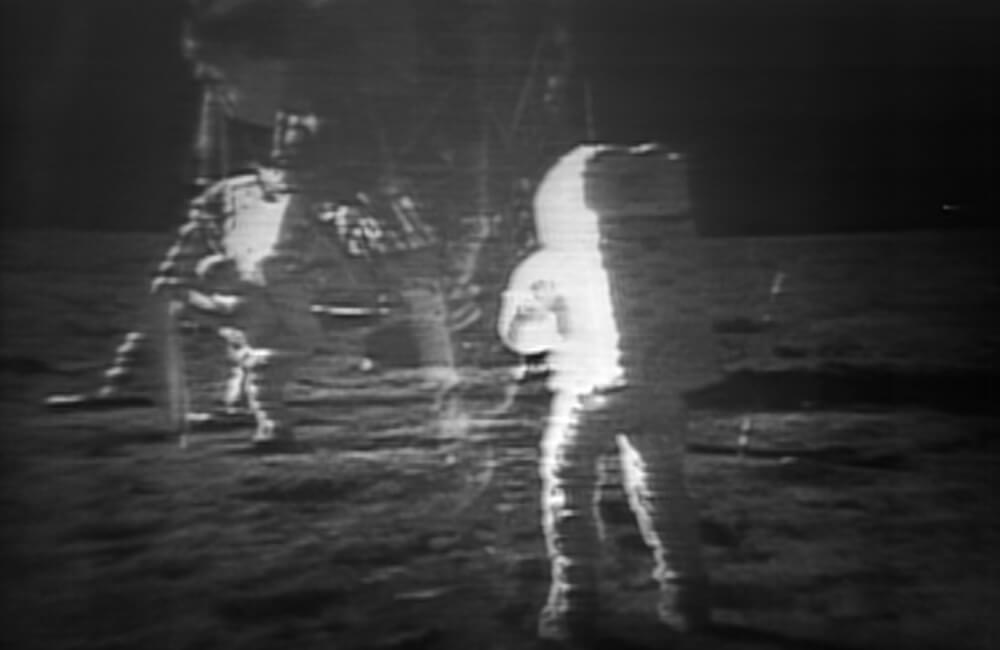
The search for the original tapes began in 2005 after inquiries were made. After a long search, it was determined that the tapes were erased and reused back in the 80s. However, all was not lost as the search yielded a higher quality video, which was released in July 2009.
The Olympics Return To Greece
In 2004, Athens had the honor of hosting the Olympics. As expected, they went all out, as this was the first time the games were returning home in decades. Unfortunately, this almost bankrupted them as the whole process cost them $3 billion, almost double the initial budget.
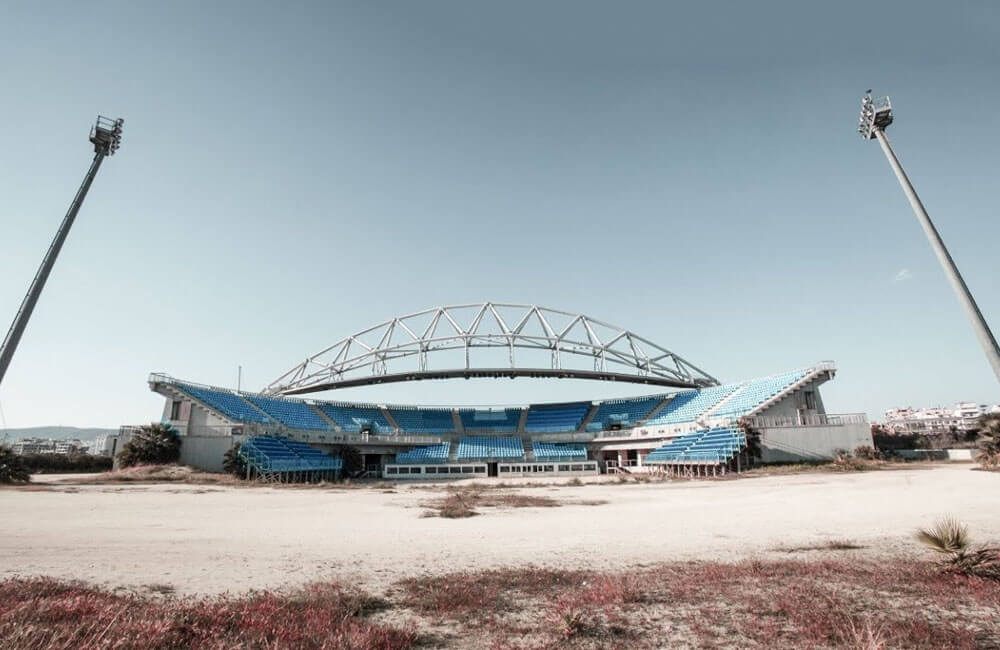
After the event, venues began to deteriorate from abandonment as investors were reluctant to put money into their management. This wasn’t helped by the financial crisis of the late 2000s, which worsened everything. Part of it has been used for soccer games and concerts, but most venues have decayed and need restoration.
Neighborhood On A Mine
Residents of the Hideaway Hills neighborhood in South Dakota were shocked when a sinkhole appeared on one of the neighboring properties. The sinkhole exposed a gypsum mine that ran below their homes. As expected, dozens of homeowners were evacuated as fear arose of their homes collapsing.

The residents filed a millionaire lawsuit against the government and private developers, claiming negligence. The homeowners were left homeless with no chance of getting their money back. The government claimed they had no knowledge of the mine and said they only knew that the area was reclaimed after surface mining was done in the 80s.
The Sinking Submarine
This is another mistake that proves a miscalculation can cost you millions. The Spanish Department of Defense set aside $3 billion to build four advanced submarines for the S-80 fleet. Unfortunately, because one person misplaced a decimal point during calculations, the sub weighed about 100 tonnes more than it was supposed to.
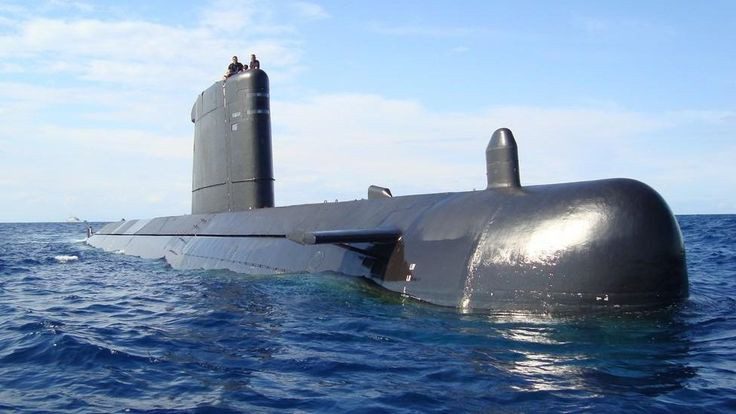
By the time the engineers at Navantia realized they had already spent $680 million. To correct this, they decided to elongate the sub in order to offset the extra thickness. This cost them more money and delayed their deadline by several years.
Coca-Cola’s Formula
Coca-Cola has tweaked its formula a few times. However, its classic taste remained – mostly thanks to their error in 1985 that taught them a lesson. Executives of the company were worried they were losing clientele to Pepsi. As a result, they changed the original formula and rebranded it as “New Coke.’

People hated it, so the company stopped production. Though they have never revealed the exact amount they lost during that time, it’s estimated to be about $34 million, with $4 million accounting for research and marketing and $30 million in unsold inventory.
An Airport Bites Off More Than It Can Chew
When Denver International Airport was being built, developers and the city envisioned creating a futuristic airport with automated baggage handling through all its terminals. They wanted to ensure faster service for all customers and eliminate manual labor.
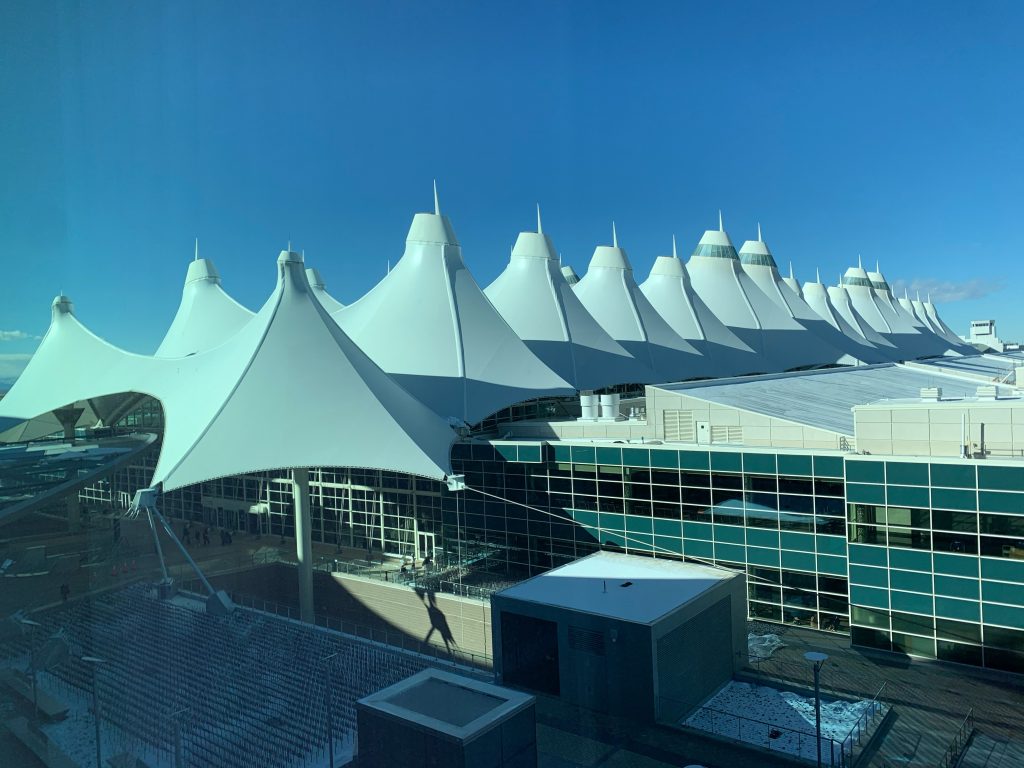
As grand as those plans were, they severely underestimated the complexity of the project, which caused delays in the airport and damage to travelers’ luggage. The city didn’t have a backup plan. The delay cost the airport about $560 million, and it remained idle for 16 months as engineers tried to fix the system.
The Failed Marriage Between Mercedes and Chrysler
In 1998, Mercedes acquired Chrysler for $37 billion. The deal was meant to be a beneficial merger for the two companies. At first, the company, then renamed DaimlerChrysler AG, did well, but it didn’t last. Benz ended up selling 80.1% of Chrysler to Cerberus for $7.4 billion, thus costing about $30 billion.
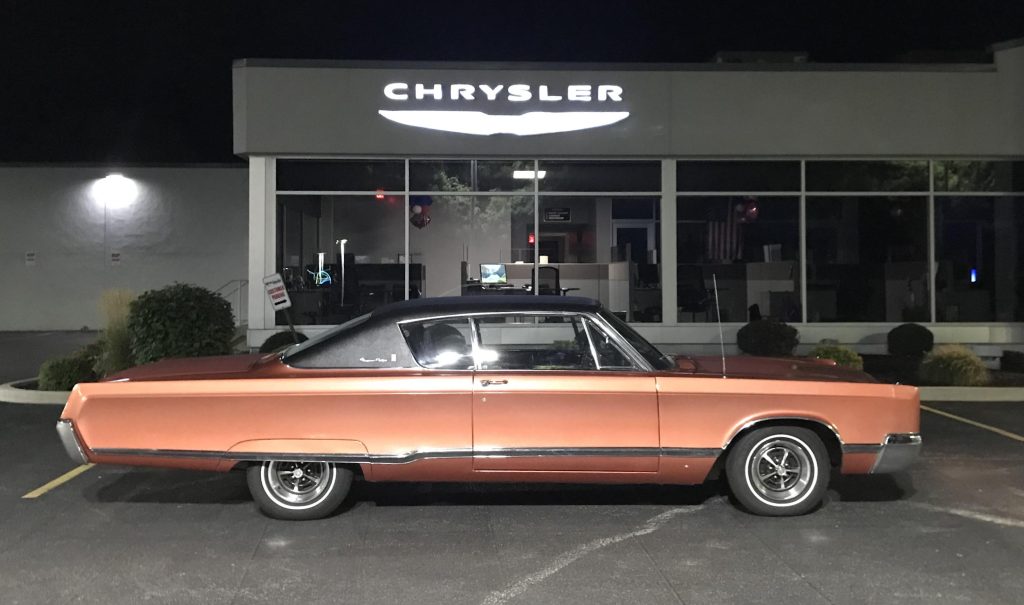
This loss was studied extensively, and one of the biggest problems this merger faced was a lack of synergy between the two companies, which caused disagreement in management, sales, and marketing. The recession and heavy competition were also factors that contributed to their failure.
MV Rena
The MV Rena was a container ship owned by a Greek shipping company. In 2011, the ship ran aground on a marked reef in New Zealand. The ship carried over a thousand containers and nearly 2000 tonnes of oil. It also traveled at a speed of 17 knots, which is fast.
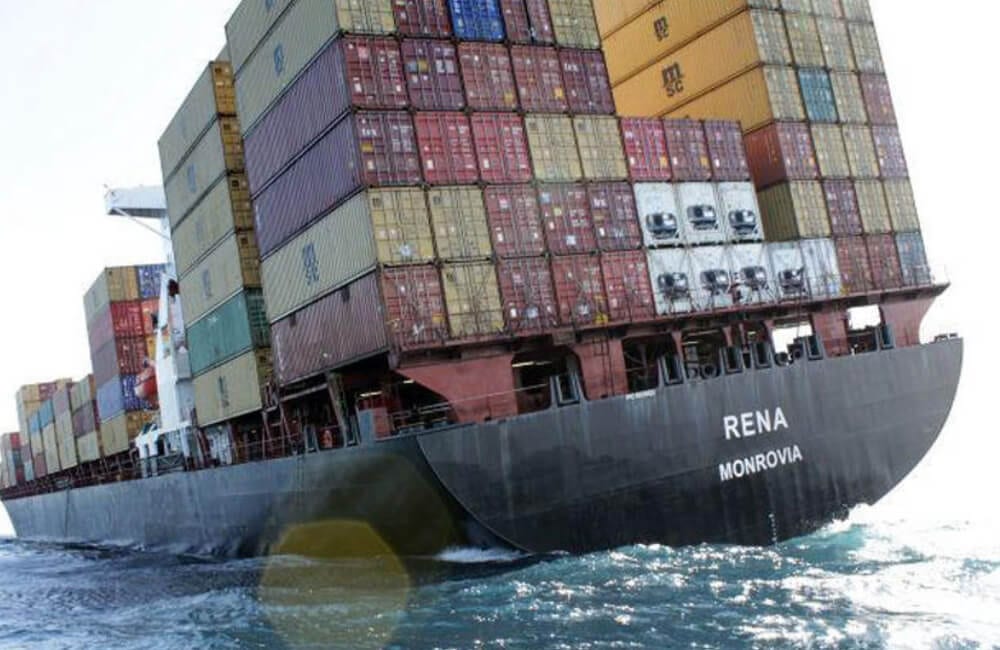
The accident resulted in an oil spill and loss of containers. Luckily, the whole crew was rescued. Within a few days, oil had begun washing ashore on the closest beach and threatened wildlife in the nearby waters. Salvaging efforts took months, and even then, not everything was recovered.
Accidental Foam Release
Seeing as planes are some of the most valuable things out there, it makes sense that airlines have contingencies in case there’s a fire at their hangars. In March 2020, the fire response at a Delta Airlines hangar in LAX malfunctioned and released foam.

The amount of foam in the hangar was so much that it went up to the wings of the smaller aircraft. When the staff could not contain the foam, they had no choice but to open the doors and let it flow outside. This caused a huge mess that was expensive to clean up.
Blockbuster’s Biggest Blunder
Currently, it feels like everyone has a Netflix account. It’s the cheapest and most accessible streaming service and let’s be honest, who doesn’t like a good movie? Given its incredible net worth of over $120 billion, it’s hard to believe that Netflix was on the verge of collapse in the late 90s.
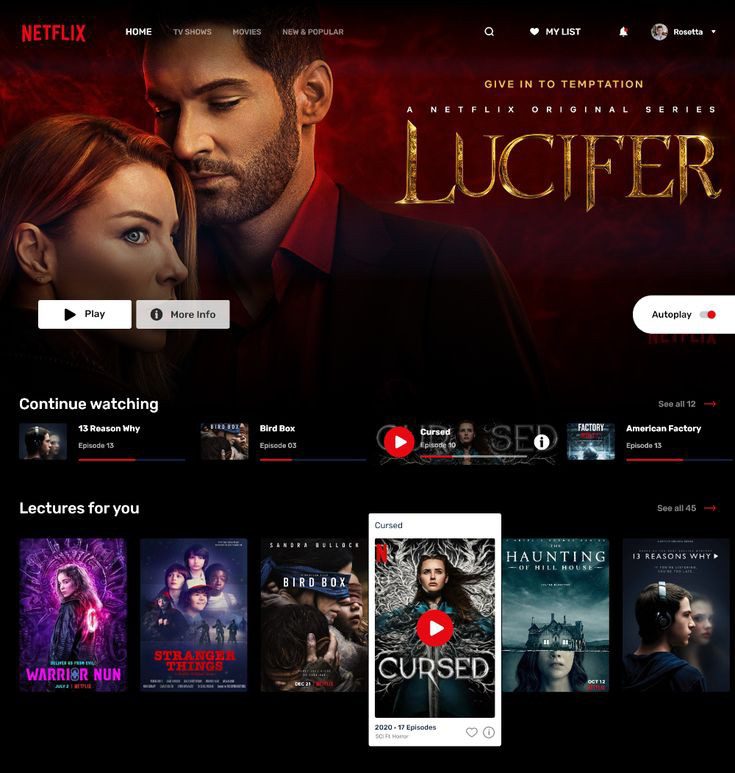
As co-founder Marc Randolf explains in his book, they requested a meeting with Blockbuster in the hope that they could come up with a deal. When the meeting was accepted, Blockbuster rejected a deal to buy Netflix for $50 million. Sadly, about a decade later, Blockbuster filed for bankruptcy.
Losing A Satellite To A Silly Mistake
In 1998, NASA lost the Mars Climate Orbiter, which was worth $125 million. The satellite made it into space but unfortunately crashed and disintegrated while up there. According to investigations, the spacecraft engineers didn’t convert the measurements from Imperial to Metric before the satellite went into space.
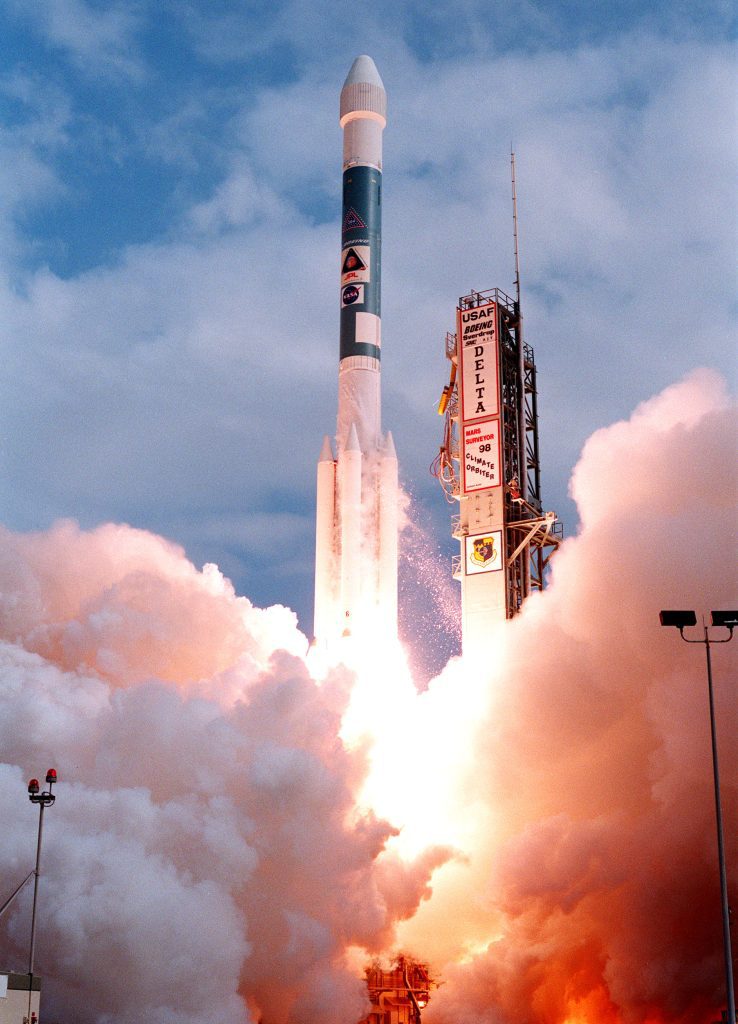
The whole aeronautic industry uses metric measurements in space, so this was a serious blunder that should never have happened. This caused a communication disconnect between the spacecraft and the system’s code which eventually led to the crash and a massive loss for the agency.
Sony Buys Columbia Pictures
Japanese company Sony deeply regretted buying Columbia Pictures and its sister company Tristar Pictures in 1989. The deal cost them $3.4 billion, which they later admitted was an overpayment. After buying Columbia, Sony had hoped to venture into movie production, but the company’s movies in the 1990s mostly failed at the box office.
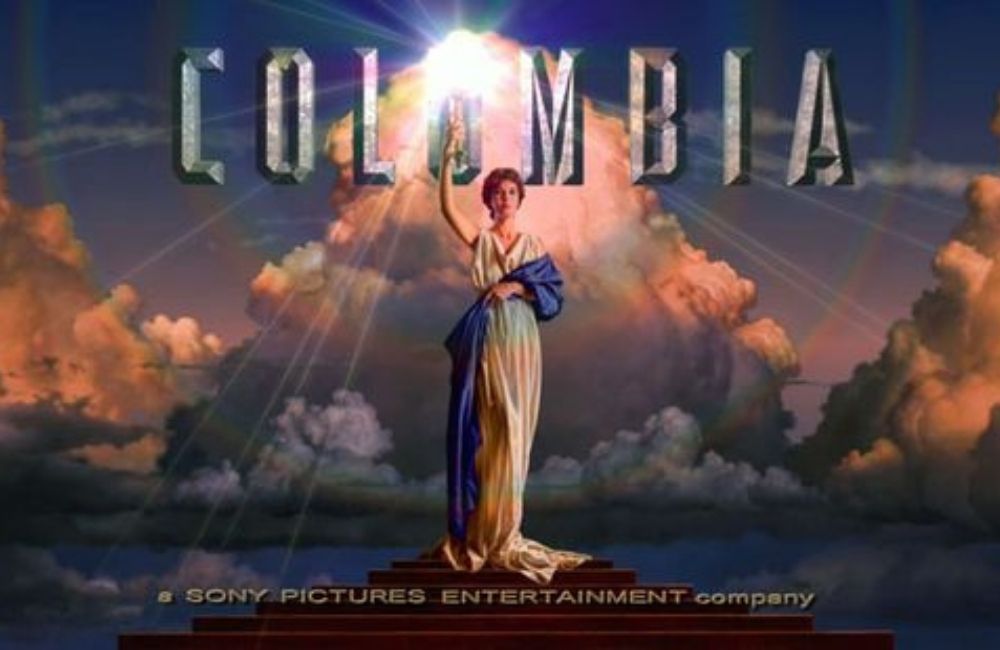
Sony was recording huge losses within those years, and to make matters worse, its finances and management were further crippled by numerous resignations of most of its executives. The company ended up revaluing Columbia Pictures at $3.1 billion instead of $5.8 billion.
News Corps Buys MySpace
MySpace was a social media powerhouse in the aughts. If you weren’t on it, then you were missing out. With such a reputation and an incredible number of website visitors, it’s understandable why News Corps put down $580 million in a bidding war to acquire it.
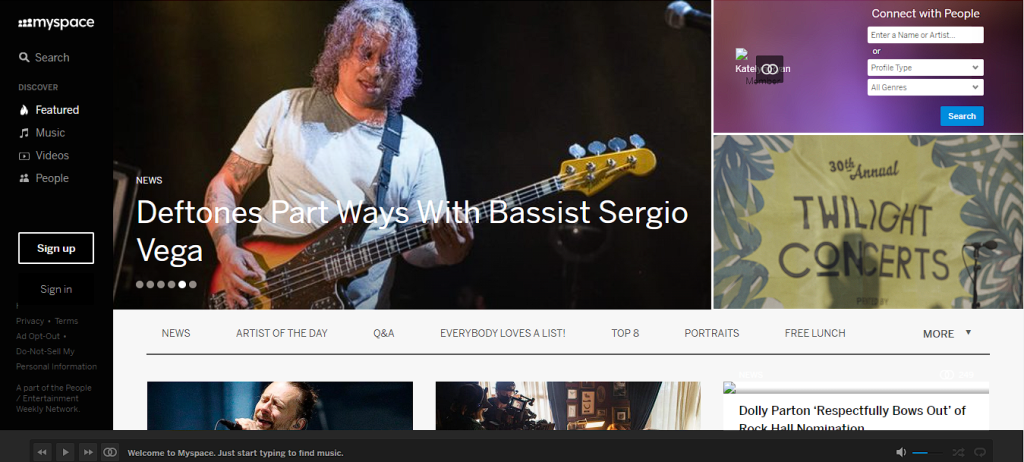
This decision was not smart because Facebook came in and obliterated the once-popular platform within five years. By the time News Corps realized they couldn’t keep the start-up, no one was willing to buy it until Specific Media agreed to buy the company for only $35 million.
MIT Building
The Ray and Maria Strata building is a 43000-square-foot academic complex in MIT that has been in use since 2004. The picture used here shows a mere glimpse into its unique design. The building is one of the few built using a style called deconstructivism.

The school sued the architect and the two construction companies involved in the project for providing deficient drawings and design services. This allegedly caused many problems with the building, like mold, cracks, and poor drainage. The lawsuit was settled in 2010 for an undisclosed amount, and most of the issues were resolved.
Winning Ticket Gets Binned
Fred and Lesley Higgins, a retired couple from Aberdeenshire, were avid players of the EuroMillions lottery. In July 2018, Mr. Higgins went to the store to buy more tickets and check if he had won. The attendant quickly ran the ticket through the machine and said it was not a winner.
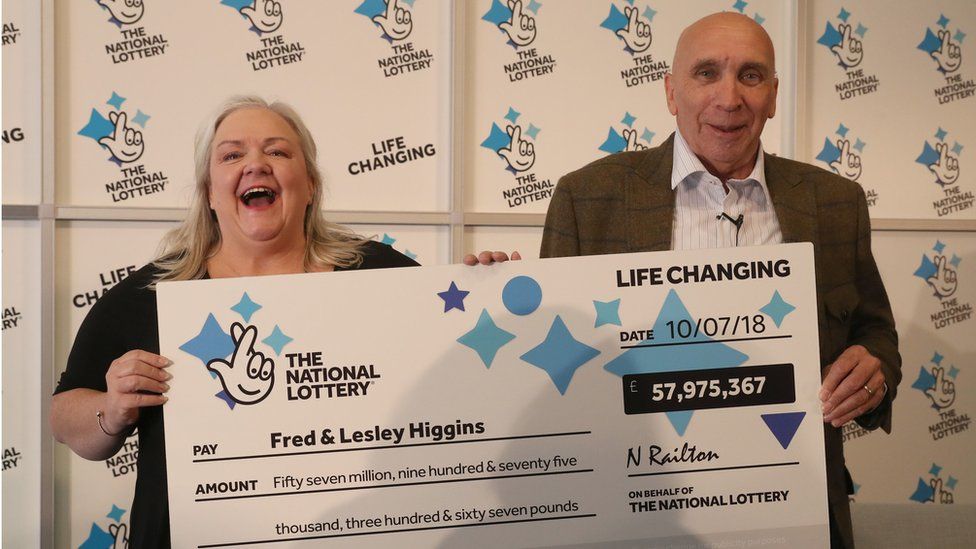
He then ripped it in two and proceeded to throw it in the trash. However, Mr. Higgins got a notification saying otherwise, and after informing the attendant, they retrieved the ticket, and indeed, the numbers matched. This mistake could have cost the couple £58 million! A close call, this one.
Star Wars Meets House of Mouse
George Lucas is a phenomenal filmmaker whose brilliance gave us the Star Wars and Indiana Jones franchises. He’s been in the business for decades and made a lot of money while at it. In 2012, Lucas sold his production company, Lucasfilm, along with the rights to his movies, to Walt Disney for $4 billion.
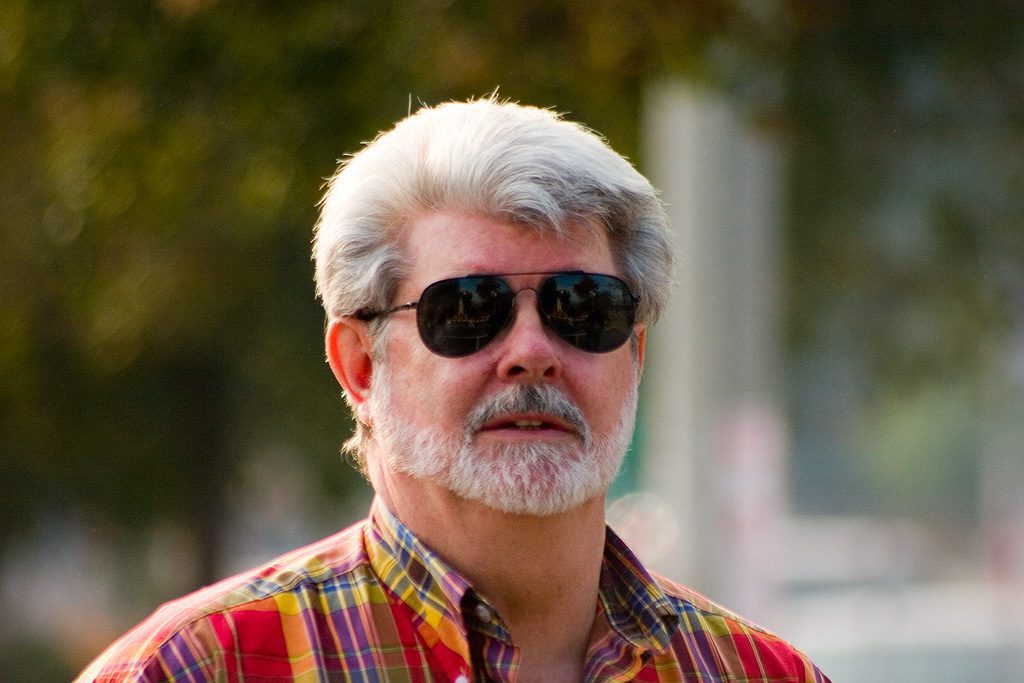
Since then, Disney has made more Star Wars movies, added them to their theme parks, and expanded their collectibles market. If you go on eBay right now, there’s no shortage of Star Wars toys, sneakers, watches, and even cookware! We hope somewhere in his paperwork, Lucas negotiated to get a piece of this incredible pie.
Emergency Slide Causes Emergency Landing
During a flight, the last thing you want to hear is an unexplainable noise because it often means something is wrong. Well, that’s exactly what passengers in a United Airlines plane traveling from Chicago to Orange County heard. It turns out that the plane’s emergency slide had malfunctioned and was rapidly inflating inside the cabin.
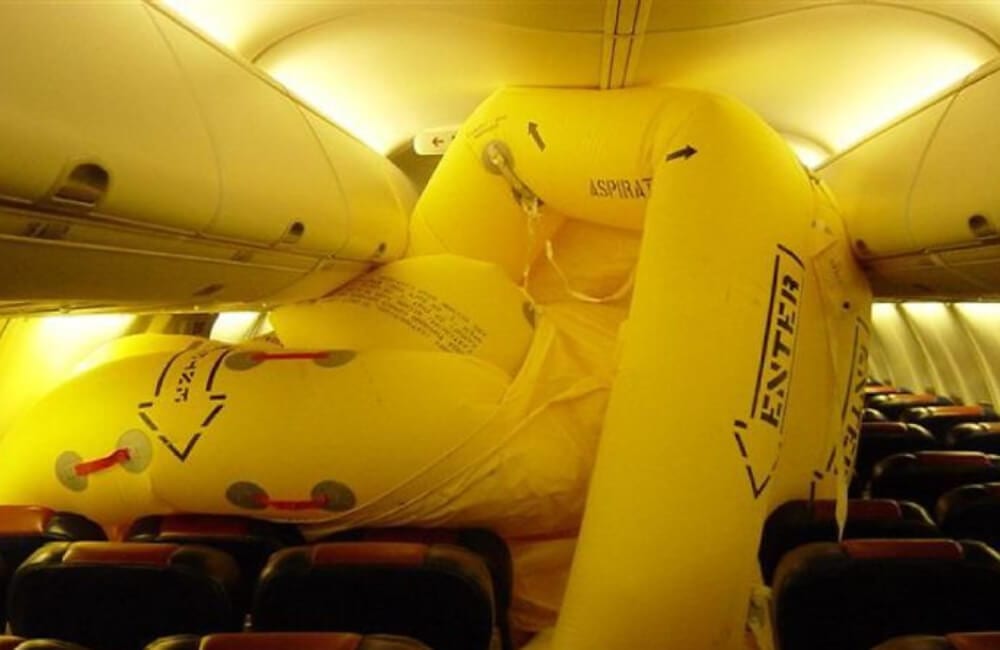
This forced the pilot to make an emergency landing in Kansas. Luckily, no one was injured. The airline, however, suffered losses and unexpected costs as it had to pay for the passengers’ hotel rooms and transport to their destination. They also had to take the plane out of service and replace the slide.
When You Forget That Things Change Over Time
In 2014, a French rail company ordered 1860 trains to serve its customers. As expected, they got the necessary experts to get everything ready for the project. When it came to dimensions, they consulted experts, who measured the width of tracks that were less than 30 years old and wrote down the dimensions.

This caused a big blunder seeing as the country’s older tracks were smaller. Therefore, the new trains were too big for them. To rectify this, they decided to widen the older tracks, but there were about 1300 of them. The re-engineering cost $68.4 million.
An Author’s Spellbinding Success
If you’re not a Potterhead yourself, chances are you know someone who is. Harry Potter’s popularity in the literary world is unmatched and has made the author pretty rich. How rich, you ask? Her net worth is $1 billion! With that said, it’s almost unbelievable to learn that she struggled with getting a publisher.

After she finished the first book in the series, she was rejected by 12 publishers before one accepted the job. The books alone are valued at $7.7 billion currently, and it’s all thanks to Bloomsbury, who finally gave her a shot. We bet those who rejected her regret it daily.
Ford’s Biggest Mistake
Ford has been a reputable automobile manufacturer for decades. They had a good name in the business from the start until they ruined things in 1957 with the Ford Edsel. When the company started developing this new model, they marketed it as the car of the future. But it didn’t live to the hype.
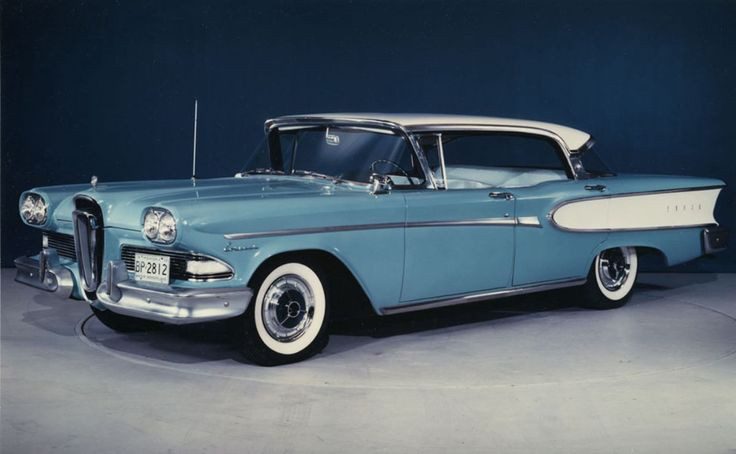
First of all, people thought it was ugly. It was also considered to be of lower quality than most of Ford’s cars, not to mention overpriced. It also didn’t help that the release happened during the recession. The company discontinued production before 1960 and lost about $350 million.
Costly Typo
Aside from being annoying, typos can cause a lot of misunderstandings. Sometimes, they can even cost you millions. In 2005, a trader from a huge company in Tokyo made a typo whose consequences cost the company a hefty sum of about $250 million.

The mistake made the company offer to sell 610000 shares of the company at 1 Yen per share instead of one share at 610000 Yen. To make things worse, a system glitch at the Tokyo Stock Exchange prevented them from rectifying the error.
The Xerox Alto
In 1972, Xerox made the Xerox Alto. Its impact on the tech industry is still felt today, as it influenced the design of the first personal computer. The Alto was not marketed as a commercial product and instead was used in the company’s research labs and a few universities.
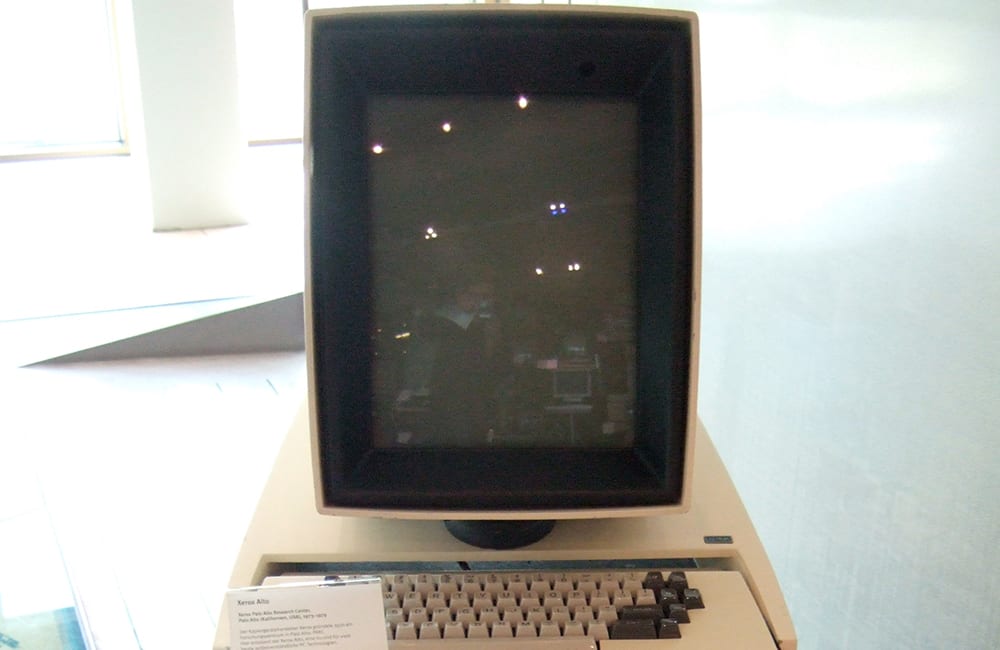
Its development attracted people like Steve Jobs, who made a deal with Xerox for his staff to visit and get demos of the computer’s technology in exchange for stock in Apple. He then made the Apple Lisa and Macintosh. Had Xerox opted to do that earlier, they would’ve made millions.
Ecce Mono
Like the Potato Head statue we mentioned earlier, this is another piece of art that was destroyed during a restoration exercise. The Ecce Homo is a painting that was done in the 1930s. In 2012, an amateur artist named Cecilia Gimenez offered to restore it in a gesture of good faith.

Though her heart was in a good place, what she did to the painting is simply unforgivable. The result made the face of Christ into a figure that resembled a monkey, which resulted in it getting the nickname Ecce Mono, which loosely translates to “behold the monkey.”
The Night The Lights Went Out In…The North
In November 1965, New York, Rhode Island, Massachusets, Vermont, Pennsylvania, and other North Eastern states and cities, as well as Ontario, experienced one of the biggest blackouts ever recorded. It affected over 30 million people and lasted close to 14 hours.
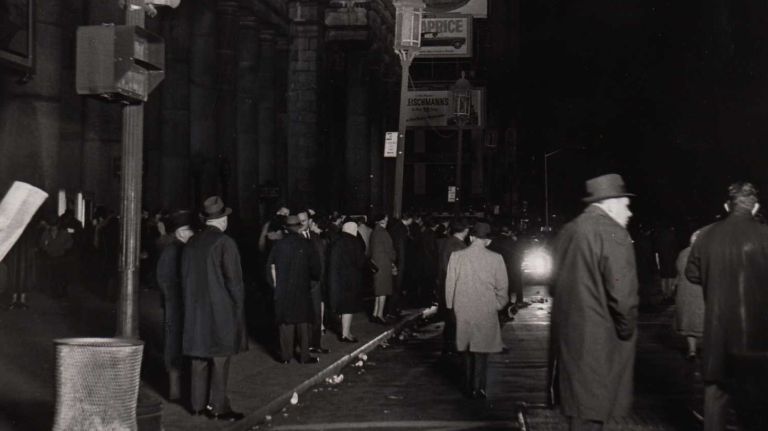
The blackout was caused by the tripping of a transmission line in Ontario, which caused other overloaded lines to also trip. It happened during rush hour and stranded a lot of visitors and tourists in cities like New York. Others were trapped in building elevators.
Yahoo Turns Down Google
These days, Yahoo is a far cry from the giant it was in the 90s. In 1998, two grad students from Stanford approached the company with search technology. Sergey Brin and Larry Page had designed what is now Google and were offering it to Yahoo for a measly $1 million.

Yahoo rejected the offer. By 2002, Google was making waves, and Yahoo offered to buy it for $3 billion. Google countered and asked for $5 billion, which Yahoo again refused. And that’s the story of how Yahoo slept on the biggest deal in business history.
Another L For Yahoo
Yahoo made yet another unwise decision a few years after that enormous blunder. In 2005, Yahoo bought a 40% stake in the Chinese e-commerce giant Alibaba at $1 billion. Alibaba grew steadily in the following years, and it’s said that, at one point, Yahoo’s stake in the company was worth more than the company itself.
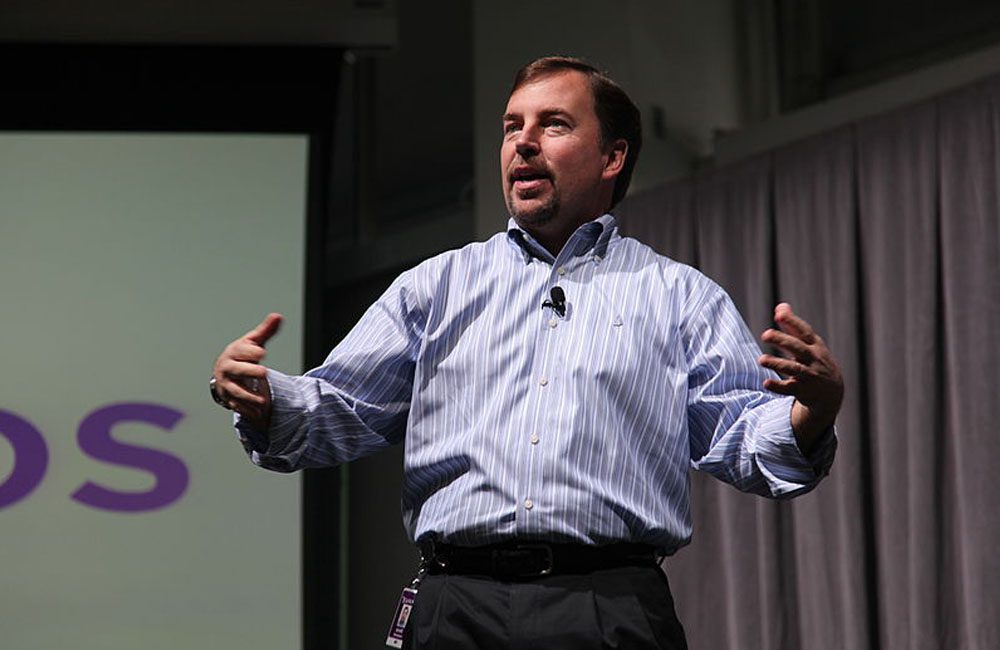
In a move that was universally acknowledged as a mistake, Yahoo sold back half its stake in the company for $7.6 billion. The CEO claimed it was a decision that was arrived at mainly because of pressure from stakeholders. Yahoo lost about $54 billion while Alibaba continued growing and is now worth $180 billion.
Stuck At The Shore
Sometimes, a rescue mission ends up with the rescuer needing to be rescued. Back in 2014, a Land Rover got stuck in cement at Shoal Bay in Auckland, New Zealand. A yellow digger was quickly dispatched on a rescue mission to save it from sinking any further.
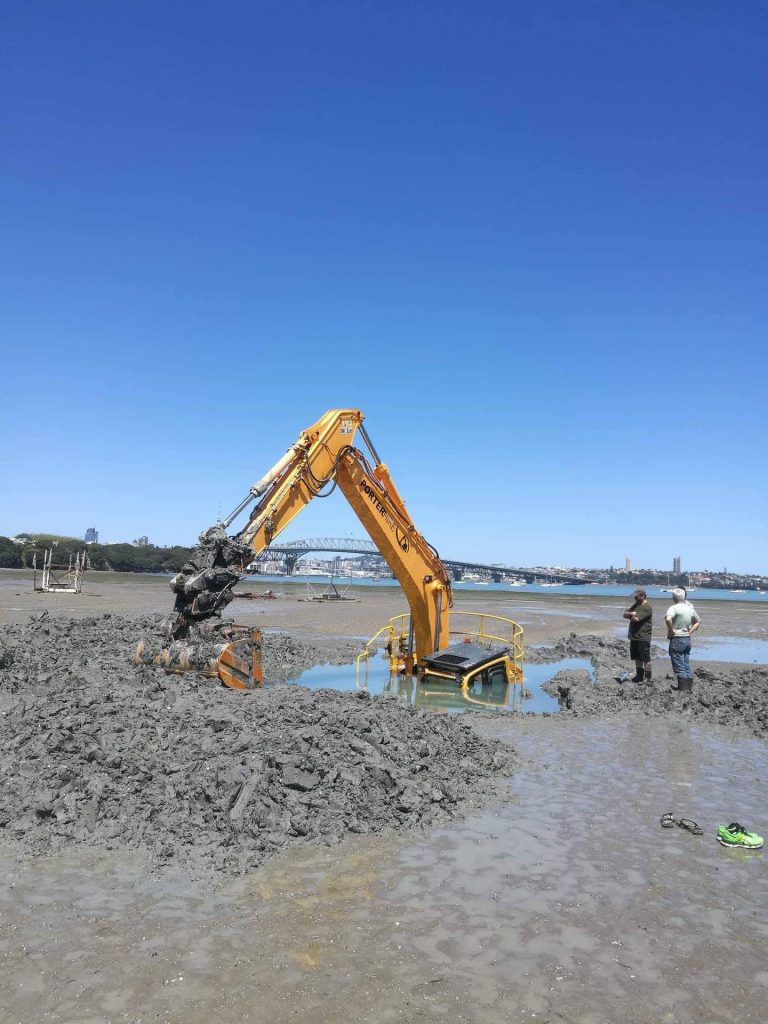
However, things quickly turned around during the exercise as the operator of the digger was trying to find solid ground to be able to lift the car. The digger ended up getting stuck. Recovery teams were later able to tow the vehicle, and fortunately, no one was hurt.
A Yacht Accident
When you hear the word yacht, your mind probably thinks of wealth and parties. Being able to afford and maintain a luxury yacht is the ultimate sign that someone is rolling in dough. The yacht in this story, however, ended up partly submerged in water instead of hosting a party somewhere on calm seas.
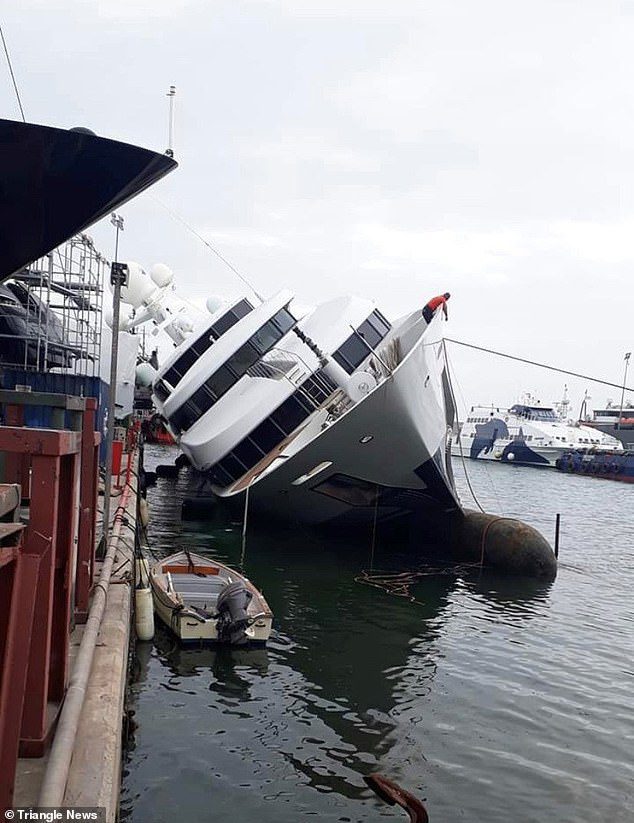
The boat, owned by a Saudi prince (of course), was being lifted out of a repair yard in Greece when it turned at a 45-degree angle and toppled in the water. It was refloated after a week and moved to another dock for repair. This whole thing undoubtedly cost the prince a pretty penny.
The Sinking Airport
Kansai International Airport in Japan is one of the most important airports in Asia. It’s also one of the most fascinating as it’s located on a man-made island. In 2018, Hurricane Jebi hit the country and caused severe damage. Sea water went over the sea walls and covered the entire island.

The planes were reportedly submerged up to their engines. As a result, the airport shut down, flights were canceled, and about three thousand people were left stranded at the airport. This made them lose a lot of revenue. The country also planned to raise the runways and sea walls, which cost them a lot.
The Cost of Losing A Hard Drive
Computer engineer James Howell has been a man in agony for the past nine years. In 2009, he generated about 75000 bitcoins, back when the cryptocurrency was relatively unknown and the coins easier to mine. It only took him a week to reach that milestone!

He decided to break down the computer and sell it for parts, making sure to retain the hard drive. The component spent three years in a drawer until he accidentally threw it out during a cleanup. We can’t imagine how painful that realization was to him. Especially now that 75000 bitcoins are worth $1.2 billion.
Terra Buys Lycos
Spanish tech company Terra Networks bought Lycos in the year 2000. At the time, Lycos was a very popular website with a search engine, music downloader, and online shopping options, among other features. Thanks to that, Terra paid $12.5 billion for the site.
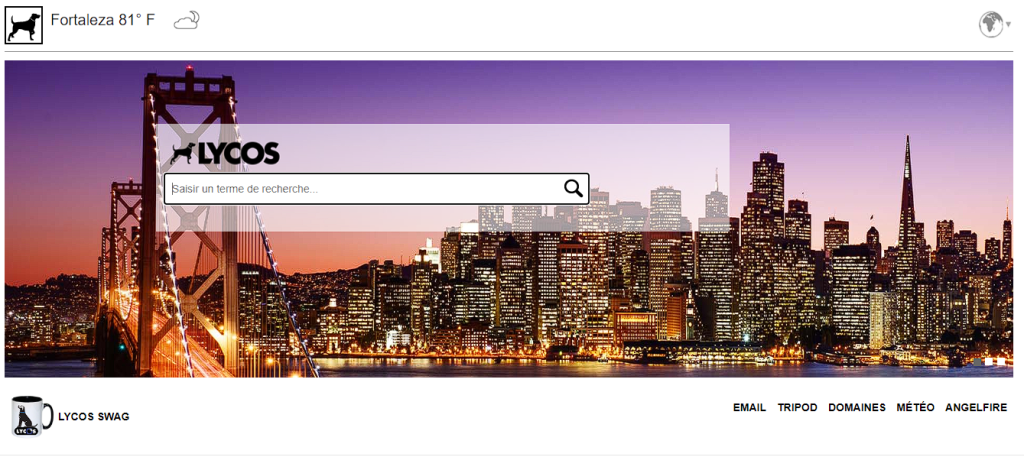
Terra saw it as an opportunity to expand its business to the US, Europe, and Asia. However, the investment didn’t offer the expected returns and was a huge loss to Terra. After three brutal years, they sold the site to Daum Communications at $95.4 million, which was a massive loss.
Dropped Satellite
Accidents like this must be avoided at all costs. In September 2003, technicians were working on the N-Prime satellite for the National Oceanic and Atmospheric Administration when it fell to the factory’s floor as they were turning it into a horizontal position.
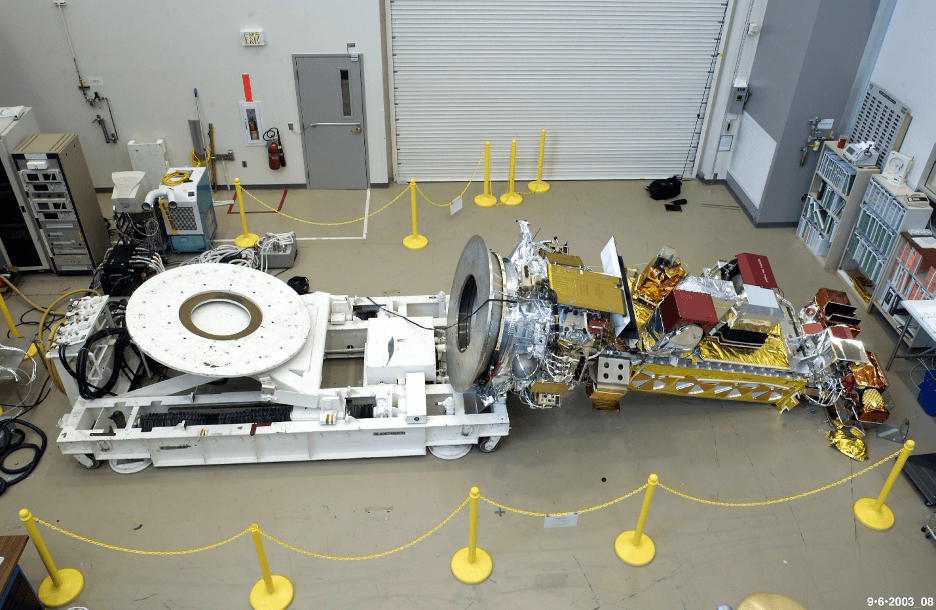
According to staff, the 24 bolts that were supposed to be holding it in place had been removed. Needless to say, the damage to the satellite was significant, and its repair cost them $135 million. After repair, the satellite was launched in February 2009.
Facebook and WhatsApp
Brian Acton, the co-founder of WhatsApp, has a very inspiring success story, especially for those who have dealt with rejection from companies. Acton once applied for a job on Facebook, but his application was rejected. At the time, Facebook was at its prime, and it was every developer’s dream to get a job there.
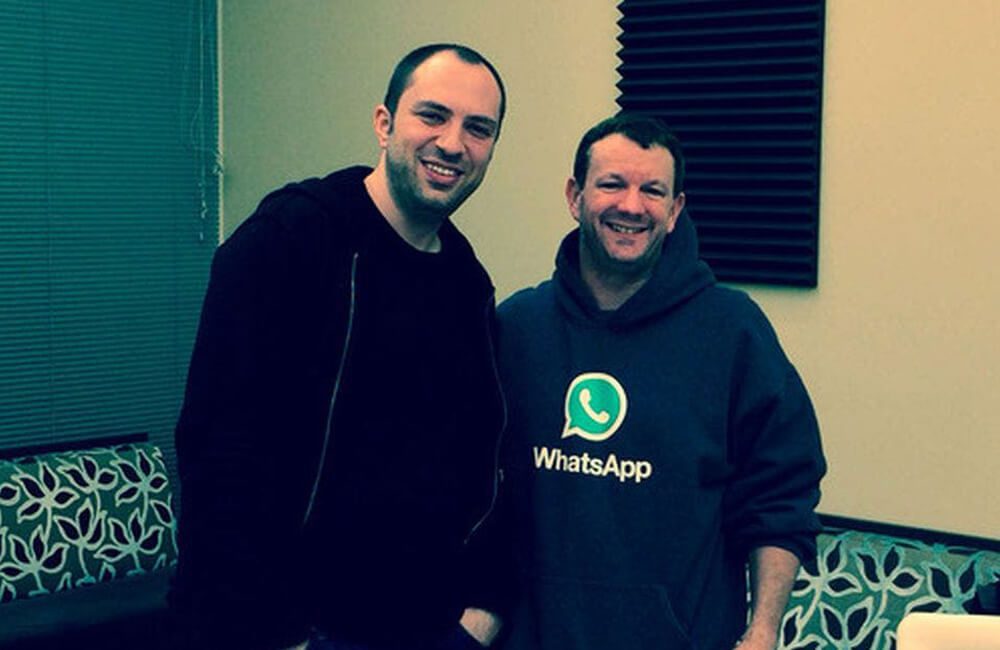
His partner, Jan Koum, had also applied for a job there, but he also got rejected. The two of them got together and developed the biggest messaging app in the world in 2009. A few years later, Facebook was at their door, ready to buy what they were selling. They sold WhatsApp for $19 billion.
Big Stan’s Headquarters
In 1974, Chicago’s skyline boasted a new sleek skyscraper that was the envy of the whole world. The AON Centre, built as the headquarters of The Standard Oil Company, was 83 stories high and had one unique feature. Its exterior was covered in 43000 Italian Carrara marble panels.
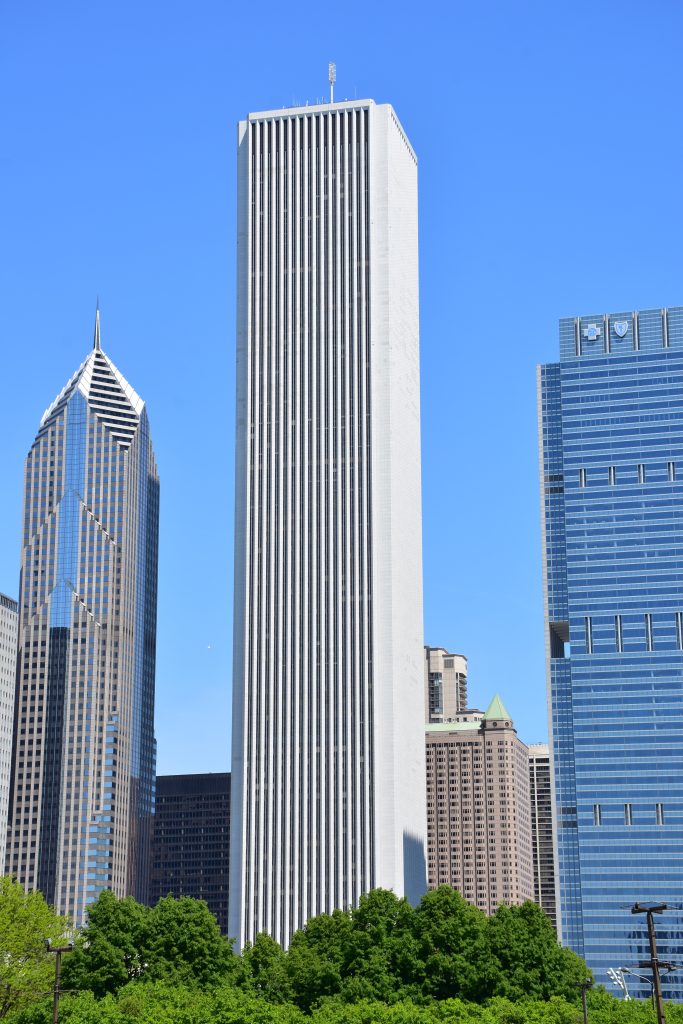
This ambitious aesthetic design ended up costing the owner millions as the marble began cracking a decade later. It was a lawsuit waiting to happen. Experts brought on to assess the damage and begin renovation suggested that they remove all the marble panels and replace them with granite. The renovation cost them $80 million.
Merging Isn’t Easy
Mergers are complicated business undertakings. There’s a reason why they are compared to marriage, as both unions require openness and some kind of due diligence. In the 1990s, AOL was the biggest player on the interactive services front. Time Warner was also the biggest entertainment company at the time.
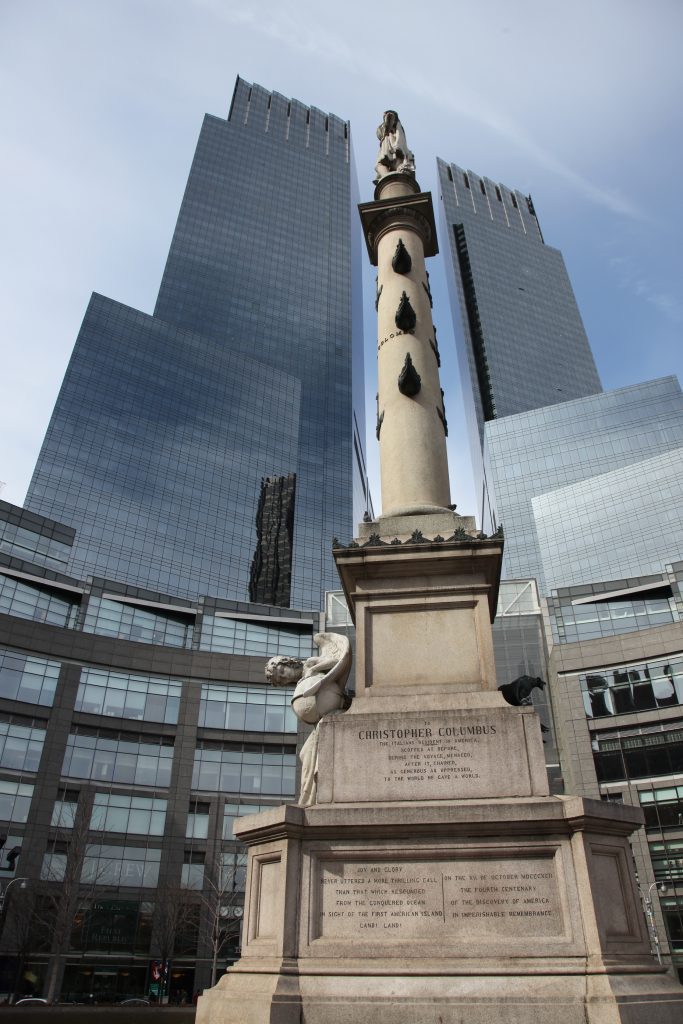
Their union looked like an awesome idea to the outside world. To the stakeholders, the merger was going to make them rich. Or so they thought. After the announcement, AOL Time Warner lost $99 billion within the first year, and its stock price plummeted. It’s still remembered today as the worst merger of all time.
